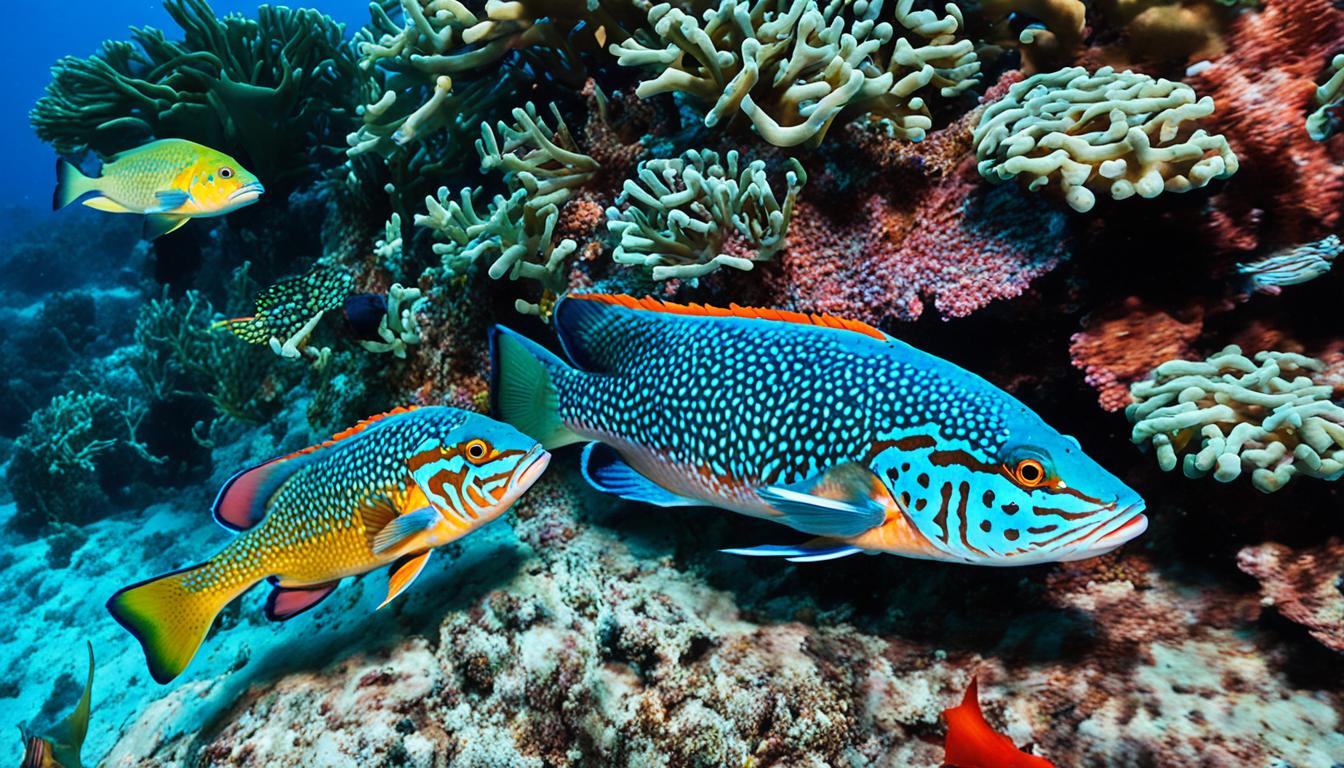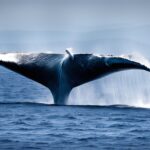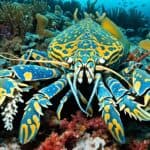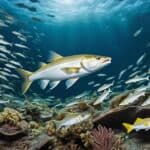Groupers are fascinating marine predators with unique hunting ways. They have special strategies that help them survive and play a key role in their ecosystem. Their hunting behavior shows how adaptable and smart they are, especially in coral reefs.
Learning about their hunting habits deepens our understanding of their feeding behavior. It also highlights the intricate life under the sea.
Understanding Groupers and Their Hunting Behavior
Groupers are fascinating predators with unique hunting behaviors and habits. They play a key role in marine ecosystems. Their strong bodies and powerful jaws help them catch prey. This makes them efficient hunters in the ocean.
Characteristics of Groupers as Predators
Groupers have traits that make them great hunters. Their strong build lets them move through underwater environments easily. Key characteristics include:
- Robust build: This provides stability and strength while pursuing prey.
- Coloration: Many species feature distinct colors that can aid in camouflage among coral reefs and rocks.
- Strong jaws: Adapted for capturing and consuming a variety of prey, including fish and crustaceans.
Daytime Hunting Patterns
Groupers are active during the day, which affects their hunting. They hunt in open waters, making smaller fish hide in coral reefs. This balance affects the ecosystem, as groupers change their prey’s behavior.
How do groupers hunt?
Groupers have interesting ways of working with other sea creatures, like moray eels. They work together to catch food, showing off their smart hunting tactics and behaviors.
Joint Hunting with Moray Eels
Groupers and moray eels hunt together, showing how they help each other out. Groupers chase fish into spots where moray eels can surprise them. This teamwork is a great example of how they work together to catch food.
Cooperative Hunting Strategies
Groupers get better at hunting by working together. They have different roles in the hunt, using their strengths to help each other. Groupers chase fish in open water, while moray eels hide in rocky places. This teamwork makes them more likely to succeed in catching food.
Communication Techniques Between Species
Groupers and moray eels talk to each other before they hunt. They use body language, like head shakes and fin movements, to share plans. This way, they work together better and catch more food. Learning how they communicate helps us understand their hunting ways.

The Hunting Techniques Employed by Groupers
Groupers are very adaptable in how they hunt, using different strategies to catch their prey. These strategies show how skilled they are at hunting in the ocean.
Active Pursuit in Open Water
One top way groupers hunt is by chasing their prey actively. In open water, they are fast and agile, chasing down quick fish. They stalk their prey, then make a quick move to catch it.
Thanks to their size and strength, groupers can beat many fish in a chase. This makes them strong hunters.
Using Visual Signals to Manipulate Prey
Groupers also use visual signals to get their prey. They shake their heads to signal moray eels, which brings fish out from hiding spots in the reef. This shows how groupers use their environment and friends to hunt better.
| Hunting Technique | Description | Effectiveness |
|---|---|---|
| Active Pursuit | Chasing prey with speed and agility in open water | High |
| Visual Signaling | Using head shakes to manipulate prey and communicate with moray eels | Moderate to High |
| Collaborative Strategies | Working with other species to catch prey | High |
Groupers’ Predator-Prey Interactions
Groupers and their prey have a fascinating relationship. When groupers are around, smaller fish often hide in coral crevices or deeper reef areas. This shows how prey adapt to avoid being caught by groupers.
Behavior of Prey in Response to Groupers
Watching how prey react to groupers can teach us about their evolution. When groupers hunt, prey fish quickly move into small spaces to avoid being caught. They use the reef’s complex structures to stay safe. This behavior also makes them group together for protection.
Complementary Hunting Strategies with Morays
Moray eels make the threat even greater for prey. Groupers and morays sometimes hunt together, making it harder for prey to escape. This teamwork changes the game for prey, showing the complex balance in the ecosystem. Groupers and morays are a powerful duo, affecting the survival chances of prey in their home.
FAQ
How do groupers hunt?
Groupers hunt mainly in open water, chasing small fish with their strong bodies and jaws. They also work with moray eels, using signals and teamwork to catch prey.
What are some common hunting techniques used by groupers?
Groupers chase prey actively and signal to moray eels to hunt together. They also shake their heads to get fish out of tight spots in the reef.
How do groupers communicate with moray eels during hunts?
Groupers talk to moray eels by shaking their heads and moving their dorsal fins. This helps both predators work together to catch prey.
What is the significance of groupers’ hunting behavior in coral reef ecosystems?
Groupers help keep coral reefs balanced by hunting. Their actions affect how prey move and survive. They are key to the balance of predators and prey in their home.
How does prey behavior change in response to groupers?
When groupers threaten them, prey hide in coral crevices or deeper in the reef. They adapt more when facing groupers and moray eels together.
What are the primary predators of groupers?
Sharks and other big fish mainly prey on adult groupers. But, adult groupers are big and strong, so they don’t have many natural enemies. Juvenile groupers are more vulnerable.
Are groupers solitary hunters or do they hunt in groups?
Groupers usually hunt alone, but they work with moray eels to catch prey. This teamwork makes them more effective hunters.







